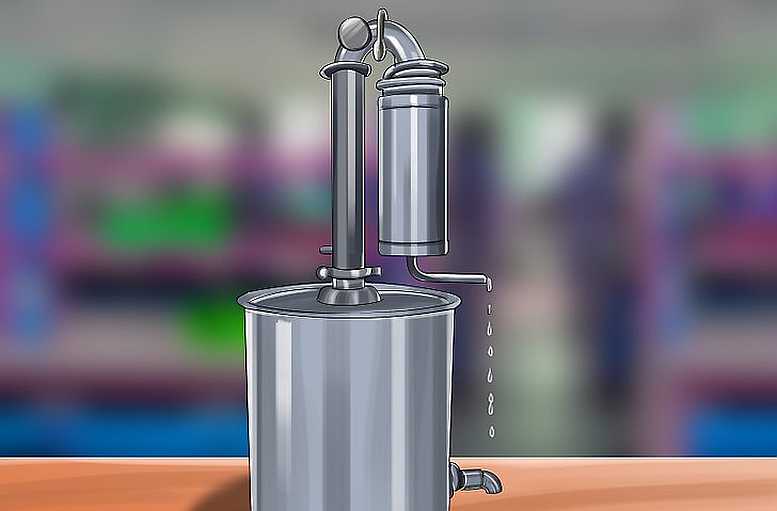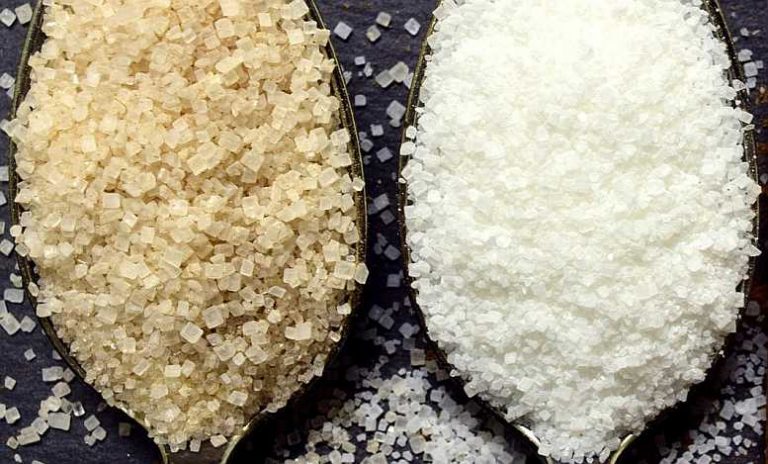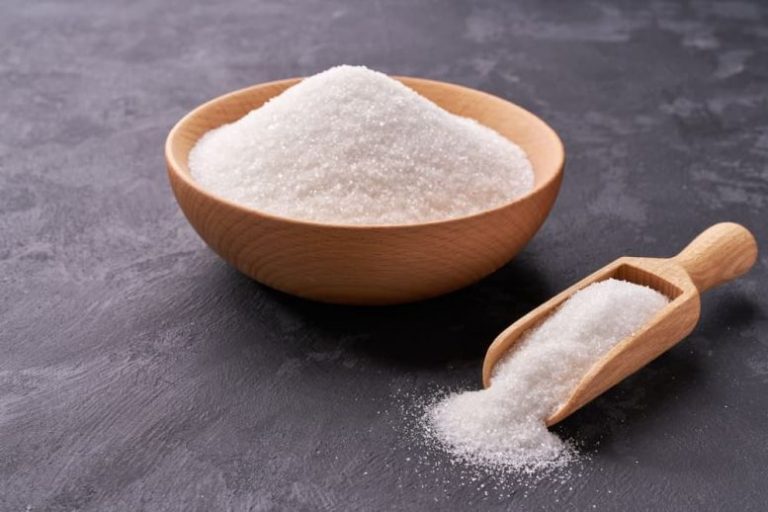BEGINNERS’ UPDATES #6: Taming the Distillers Yeast Beast – Finally!

HERE’S OUR SIXTH article for home distilling beginners, drawing a line under all we could find for you about Distillers Yeast.
Our previous Beginners’ Updates posts containing helpful hints, tips and techniques for home distillers, include the following:
- BEGINNERS’ UPDATES #1: Basic Knowledge to Help Home Distiller Beginners
- BEGINNERS’ UPDATES #2: More Basics to Help Home Distiller Newbies
- BEGINNERS’ UPDATES #3: The Finer Points of Fermentation Temperature
- BEGINNERS’ UPDATES #4: Solving Problems With Fermentation
- BEGINNERS’ UPDATES #5: Solving Even More Fermentation Problems
This sixth article about Distillers Yeast wraps up any remaining issues you might have with your home distillers wash.
Couple of facts about re-start yeast strains:
The ‘special thing’ about re-start strains is they have in-built tolerance to around 10% ABV but if added to 12% ABV they die.
If a yeast sticks, often times the ABV percentage will be above 12%ABV because even when the wash has overheated during fermentation it would usually hit 12%ABV anyway.
Alternately, it may be because the wash has cooled down below 15°C (59°F). In this case, warm the wash up and stir vigorously to get the yeast back into circulation. Once the wash is warm fermentation should continue normally.
If You’re Looking for a Distillers Yeast that Leaves the Turbos For Dead… You’ve Found it HERE!
I have tried to get the wash going again but nothing seems to start it?
Distill it anyway. You will not get as much alcohol as you would from a normally fermented wash.
Watch the temperature on the condenser and stop when you have reached the appropriate maximum temperature for your model.
Get a FREE Global Express Fast & Clean Distillers Yeast With Your Spirit Essence Order
My wash has turned to jelly!
Do you enjoy Johnny Walker Red? CLICK HERE to get our JWR taste-alike TODAY!
But, for leuconostoc to contaminate a brew would require very low temperatures – under such conditions, very little ethanol would be produced during the first 48 hours allowing the Leuconostoc to take hold.’
Until next time… Happy Distilling!
Cheers

Questions about Spirit Essences or Home Distilling?
Phone John direct NOW – 0414 955 743
Like Our Spirit Essences Facebook Page
Join Our Global Flavours’ HOME DISTILLERS CLUB Facebook Group
Distillers yeast is a specific type of yeast that is used in the production of distilled spirits. It is a single-celled organism that has been genetically modified to increase its alcohol tolerance, and it can produce up to 18% alcohol by volume. Distillers yeast is used in the production of vodka, whiskey, brandy, and other spirits. It is also used in the production of beer and wine.
Distillers yeast is a key ingredient in the production of alcohol. Without it, distilled spirits would not be possible. This yeast has the ability to ferment sugar into alcohol, and it is this process that gives distilled spirits their characteristic taste and aroma.
Distillers yeast is available in two forms: liquid and dry. Liquid distillers yeast is typically used in the production of vodka, whiskey, and brandy. Dry distillers yeast is typically used in the production of beer and wine.
Distillers yeast is more tolerant of high alcohol concentrations and can produce more ethanol per volume than brewers yeast.
Brewers yeast and distillers yeast are both members of the Saccharomyces cerevisiae species, which is also known as “baker’s yeast.” This species has been used for thousands of years to make breads, beers, and wines. The yeasts in this species are able to convert sugars into alcohols and carbon dioxide.
Brewers yeast is typically used to make beer, while distillers yeast is used to make distilled spirits. However, there is some overlap in the use of these two types of yeast. For example, some brewers will use distillers yeast to make high-alcohol beers, such as barley wines and stouts.






